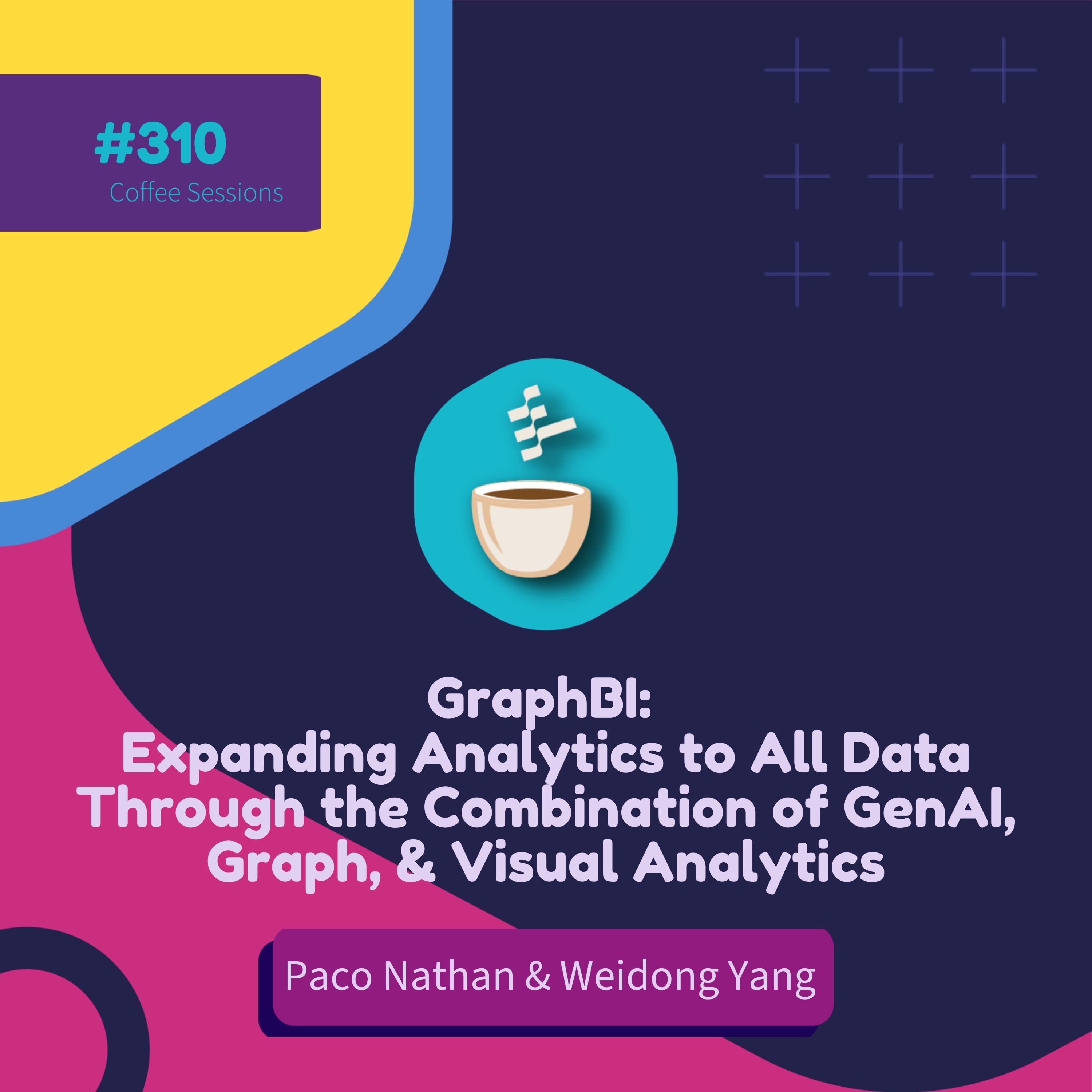
GraphBI: Expanding Analytics to All Data Through the Combination of GenAI, Graph, & Visual Analytics // Paco Nathan & Weidong Yang // #310

MLOps.community
Deep Dive
Shownotes Transcript
GraphBI: Expanding Analytics to All Data Through the Combination of GenAI, Graph, & Visual Analytics // MLOps Podcast #310 with Paco Nathan, Principal DevRel Engineer at Senzing & Weidong Yang, CEO of Kineviz.
Join the Community: https://go.mlops.community/YTJoinIn Get the newsletter: https://go.mlops.community/YTNewsletter
// AbstractExisting BI and big data solutions depend largely on structured data, which makes up only about 20% of all available information, leaving the vast majority untapped. In this talk, we introduce GraphBI, which aims to address this challenge by combining GenAI, graph technology, and visual analytics to unlock the full potential of enterprise data.
Recent technologies like RAG (Retrieval-Augmented Generation) and GraphRAG leverage GenAI for tasks such as summarization and Q&A, but they often function as black boxes, making verification challenging. In contrast, GraphBI uses GenAI for data pre-processing—converting unstructured data into a graph-based format—enabling a transparent, step-by-step analytics process that ensures reliability.
We will walk through the GraphBI workflow, exploring best practices and challenges in each step of the process: managing both structured and unstructured data, data pre-processing with GenAI, iterative analytics using a BI-focused graph grammar, and final insight presentation. This approach uniquely surfaces business insights by effectively incorporating all types of data.
// BioPaco NathanPaco Nathan is a "player/coach" who excels in data science, machine learning, and natural language, with 40 years of industry experience. He leads DevRel for the Entity Resolved Knowledge Graph practice area at Senzing.com and advises Argilla.io, Kurve.ai, KungFu.ai, and DataSpartan.co.uk, and is lead committer for the pytextrank and kglab open source projects. Formerly: Director of Learning Group at O'Reilly Media; and Director of Community Evangelism at Databricks.
Weidong YangWeidong Yang, Ph.D., is the founder and CEO of Kineviz, a San Francisco-based company that develops interactive visual analytics based solutions to address complex big data problems. His expertise spans Physics, Computer Science and Performing Art, with significant contributions to the semiconductor industry and quantum dot research at UC, Berkeley and Silicon Valley. Yang also leads Kinetech Arts, a 501(c) non-profit blending dance, science, and technology. An eloquent public speaker and performer, he holds 11 US patents, including the groundbreaking Diffraction-based Overlay technology, vital for sub-10-nm semiconductor production.
// Related LinksWebsite: https://www.kineviz.com/Blog: https://medium.com/kinevizWebsite: https://derwen.ai/pacohttps://huggingface.co/pacoidhttps://github.com/ceterihttps://neo4j.com/developer-blog/entity-resolved-knowledge-graphs/